At the beginning of the year, Sicce presented their new adjustable-flow Sicce XStream-E pumps. I’ve been using one for the past few months, and now I’m ready to write a review.
After reading about its declared flow rate, I was surprised to see how compact it was – a tiny 8500/l electronic pump, not quite as small as the Voyager Nano 1000 e 2000, but still quite impressive.
Because of their adjustable flow rate, which ranges from 3000 to 8000 l/h, these pumps can be used for good-sized nanoreefs up to 300-liters tanks; a pair of them would be optimal for the overall tank water movement. They could also be used for extra flow in freshwater aquariums.
Sicce XStream-E Technical Features
| European Version 230 V – 50 Hz | American Version 120 V – 60 Hz | |
| Flow Rate: | from 3000 to 8500 l/h | from 800 to 2250 US gph |
| Power Consumption: | 6-16.5 watt | 6-16.5 watt |
| Cable Length: | 2 meters | 78.7 ft |
| Width | 5,0 cm | 1.9 inch |
| Depth | 9,4 cm | 3.7 inch |
| Height | 3,8 cm | 1.5 inch |
With its 6 watt consumption at 3000 l/h, and 16.5 watts at 8500 l/h, the new sicce XStream-E has an efficiency between 500 and 515 l/watt. A really good value for a pump with an adjustable flow.
To make the point clearer we can compare it to the slightly more powerful Nanostream 6095, its direct rival, which also has an adjustable flow. The latter moves 9500 liters per hour with a 21 watt power consumption, for an efficiency of 452 w/l; the XStream-E is 10% more efficient. Pumps with much higher flow rates like the new Ecotech Marine vortech MP40QD, have a 17200 l/h flow rate and an efficiency of 607 watt/l. It’s well known that much higher flow rates result in better efficiency.
From the economic point of view, this pump’s RRP is 183.50 euros, so it has an economic efficiency of 46 liters of water moved for each euro spent, comparable to the 47.5 liters per euro of the Tunze Turbelle Nanostream 6095 and the 41 liters per euro of vortech MP40QD. Of course, a fixed-flow pump has nearly double the economic efficiency, but that’s the cost of the adjustable flow, a feature that I personally believe to be essential.
The package content can be seen above: the pump, holding magnet, quality certificate, instruction manual and controller. The beauty of the box is equal to the quality of the product inside
In my opinion, a pair of sicce XStream-E would be enough for an SPS aquarium up to 400 l, where they would move 20 times the water volume. They could be used in a 300 l tanks for a perfect result, but in smaller (100 l) aquariums they should be set up with a fixed flow rate to avoid excess movement.
I used it in my mature 400 l tank, 130x60x50h.
The pump has been running for about 3 months, I have have never turned it off. I consider this to be long enough to discover any little drawbacks or functioning defects. Also, I never cleaned it during this period of time – I like to mistreat my pumps to see what they can do!
The square-like pump body has a junction pin for the magnet, this allows the pump to be pointed in any direction with wide angles, especially on the horizontal plane, the most useful at these levels. The water comes out through a protective grid, which prevents animals getting accidentally in contact with the impeller.
The Magnet
The holding mechanism is a magnet with a holding strength for glass up to 20 mm thick. My tank’s glass is 15 mm thick, and I had no problem at all.
Noise
sicce XStream-E seemed really silent right from the beginning, but I was curious to measure noise emission.
First, I measured environmental noise.

Right after that, I measured the noise with the pump on.
The 2.3dB difference is a really low value, this pump doesn’t make much noise at all.
To measure the noise I used, as always, the VOLTCRAFT 320, digital phonometer IEC 651 Type II which is extremely accurate. Considering the type of noise I needed to measure, all the measures were recorded with dBA wave attenuation. The measurements were taken with closed windows, the phonometer placed on a tripod 1 meter away from the tank, and with minimum intervals of 120 seconds between measurements.
Sicce XStream-E Power Consumption
It is quite hard to measure instant energy consumption. In order to do so, I used a current probe which recorded an electric current of 0,134 A. This is only a partial measure, as it has been impossible to record the power factor (cosφ), but I can still make some interesting deductions.
I took measurements for each functioning mode to evaluate the difference in power consumption at different flows.
The adsorbed current, or the power consumption, results as follows:
- Flow rate 3.000 l/h: 0,043A x 230 V = 9,89 watt x cos(fi)
- Flow rate 4.500 l/h: 0,056A x 230 V = 12,88 watt x cos(fi)
- Flow rate 5.500 l/h: 0,070A x 230 V = 16,10 watt x cos(fi)
- Flow rate 7.000 l/h: 0,086A x 230 V = 19,78 watt x cos(fi)
- Flow rate 8.500 l/h: 0,106A x 230 V = 24,38 watt x cos(fi)
Usually, a pump with a neodymium magnet, like the sicce XStream-E, has a cos(fi) with a value around 0,85, while a pump with a ferrite magnet has a cos(fi) around 0,6. In this case, the energy consumption of the sicce XStream-E needs to be corrected with the cos(fi) of 0.85:
- Flow rate 3.000 l/h: 0,043A x 230 V x cos(fi)= 8,4 watt
- Flow rate 4.500 l/h: 0,056A x 230 V x cos(fi)= 10,9 watt
- Flow rate 5.500 l/h: 0,070A x 230 V x cos(fi)= 13,7 watt
- Flow rate 7.000 l/h: 0,086A x 230 V x cos(fi)= 16,8 watt
- Flow rate 8.500 l/h: 0,106A x 230 V x cos(fi)= 20,7 watt
The measured value is a little higher than the one declared, but, considering that I could not measure the cos(fi), it seems to be a legitimate value.
The apparent current of 3.7 watt, resulting from 24,38-20,7 watt at maximum power, would not register on my home electrical counter; this happens with any pump, sicce is no exception.
Considering an energy consumption of 20,7 watt and the energy price in Italy of 0,27 euro per kwh, we could use this pump continuously at its maximum rate for a whole year with a power consumption of 181 kwh, which will clearly be the same using a pair of sicce XStream-E alternately for 6 hours each, resulting in 48.95 euros per year, or 4.07 euros per month.
This number would actually be lower if the random mode is used, but because it is random, we cannot estimate how much that would be in a year.
The impeller has an easy unlocking mechanism, you just need to turn the base fitted in the pump body and pull it out.
Being electronic, the pump has an external power supply. The plug has a weird shape that probably won’t fit the most commonly used multi-plug adapters.
Sicce XStream-E Controller
This pump, besides being efficient with an adjustable flow rate and low noise, is also electronic and needs to be programmed. The programming is easy, but not all that refined… but, being the first attempt by sicce at manufacturing electronic pumps the results are remarkable: the controller doesn’t need to be purchased separately like for Tunze pumps, it’s very easy to use and included in the package.
The controller, as seen above, has only two switches marked by two arrow indicators. One is for reducing the flow rate, the other for increasing it.
The pump has three different modalities: constant speed, programmed flow, or controlled by an external driver to be plugged in the controller base.
On the constant speed mode, the pump works at different flow rates: 3000, 5500, 7000 or 8500 l/h. The 5 blue led indicators stand for the maximum rate, at each touch of the arrow down we can decrease them to the following lower rate.
Touching both arrows simultaneously selects the pulse mode. You can touch one switch once to select the short pulse cycle of 5 seconds, twice for medium pulse cycle of 20 seconds, thrice for 30-second long pulse, and four times for the random pulses between 5 and 30 seconds. The maximum flow rate at random mode is that set for the constant speed mode. It’s easy, and more or less intuitive.
It’s superfluous to say that I prefer the random pulse mode over the maximum flow.
To set them, you just switch on the pump and increase the flow rate until all 5 leds are on, then touch both arrows to enter the programing mode, and finally touch the arrows until only the last led is on, indicating the random pulse mode.
Warranty
sicce XStream-E is protected by a 3-year warranty, excluding the impeller. The warranty can be extended to 5 years if it is registered on the sicce website… an incredible feature that underlines the amazing quality.
Conclusions
The sicce XStream-E really satisfied me. Even being electronic, it has a good efficiency of 515 l per watt and a good economic efficiency of 46 l per euro. Its functioning in the tank doesn’t seem to show any defects; it’s very silent and powerful enough to manage a 400 l tank (depending on the animals hosted) if used in a pair. The pump, with its electronic adjustable flow and random flow mode, makes the water movement as close to nature as possible. A strongly recommended excellent pump.
The pump is small and doesn’t get in the way in the tank. It has a good direction angle, which provides a wide choice for orientation, it’s extremely silent, and cheap in terms of power consumption. It’s not that cheap to purchase, with an RRP of € 185.00, but the price is justified by the excellent manufacturing, the easy programming, and the potential 5-year warranty.
I would like to thank sicce for providing me with the product subject of this review.
[translated by Giorgia Lombardi]

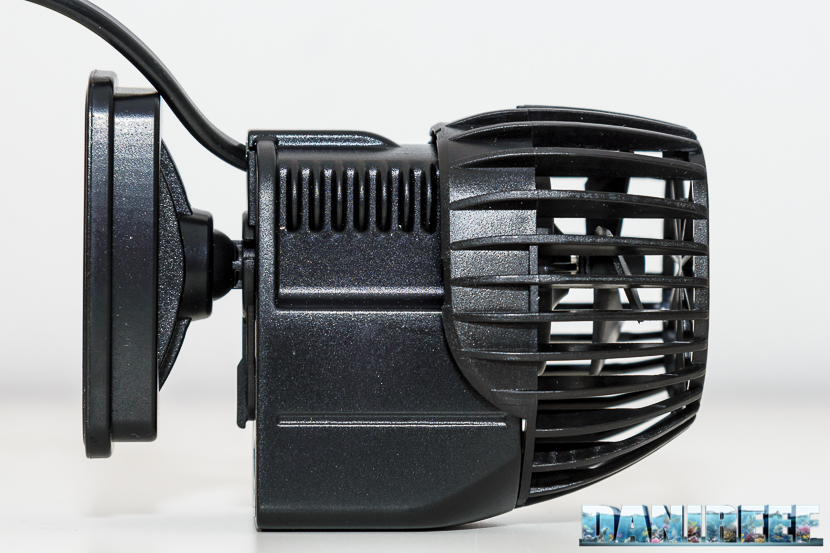
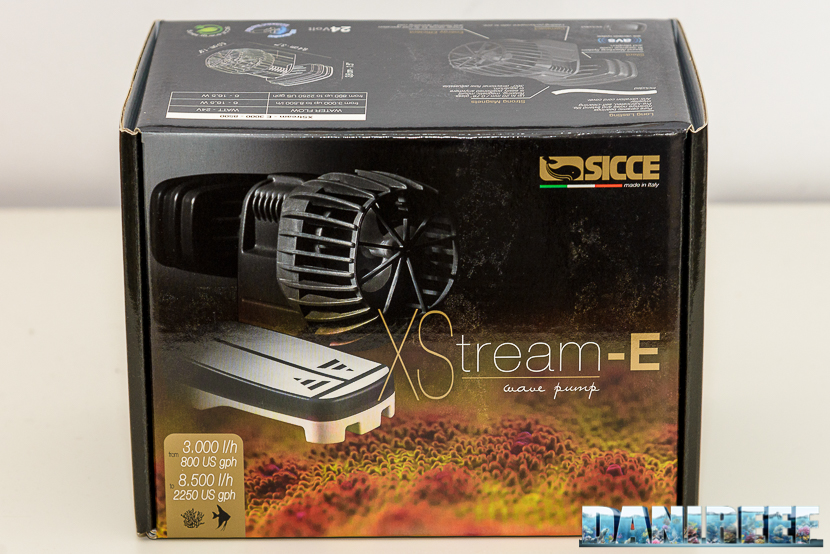
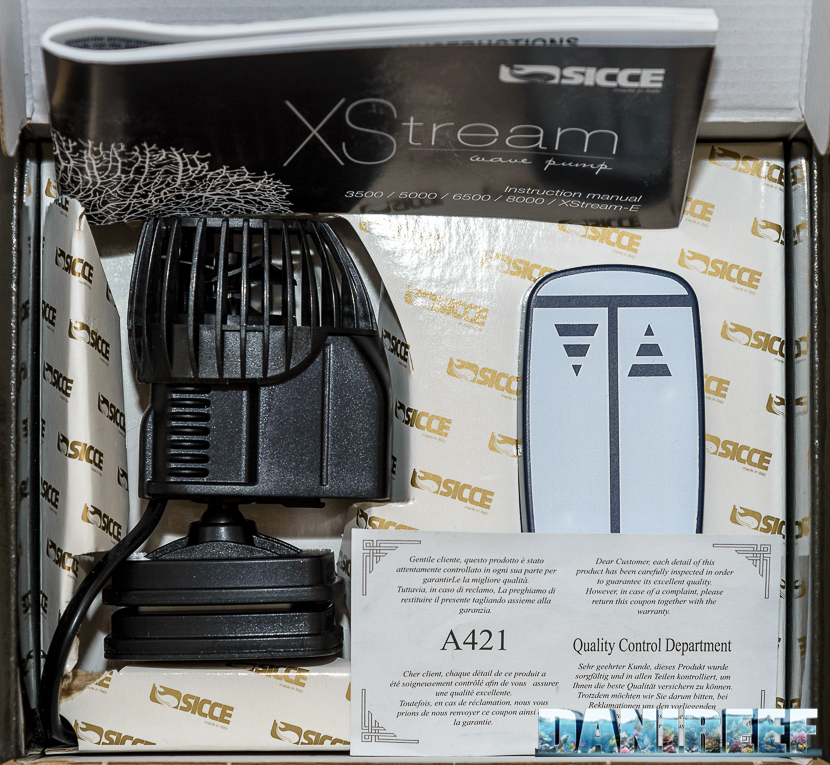
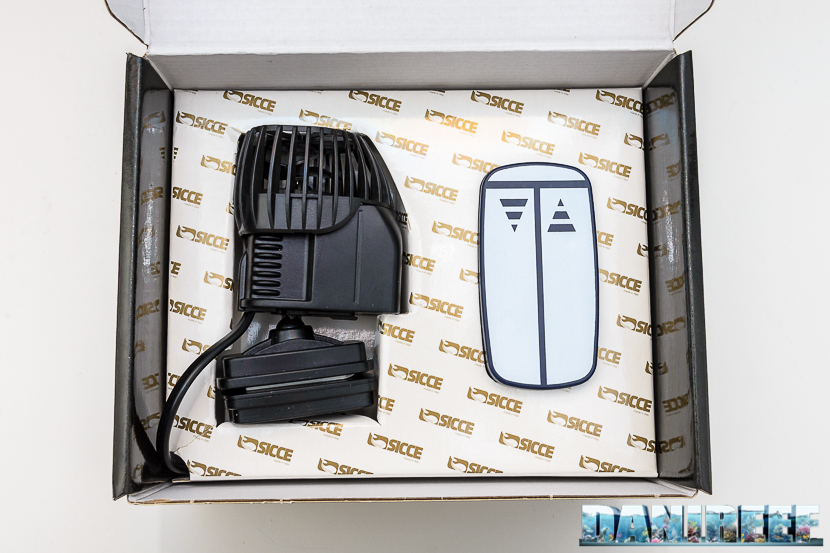
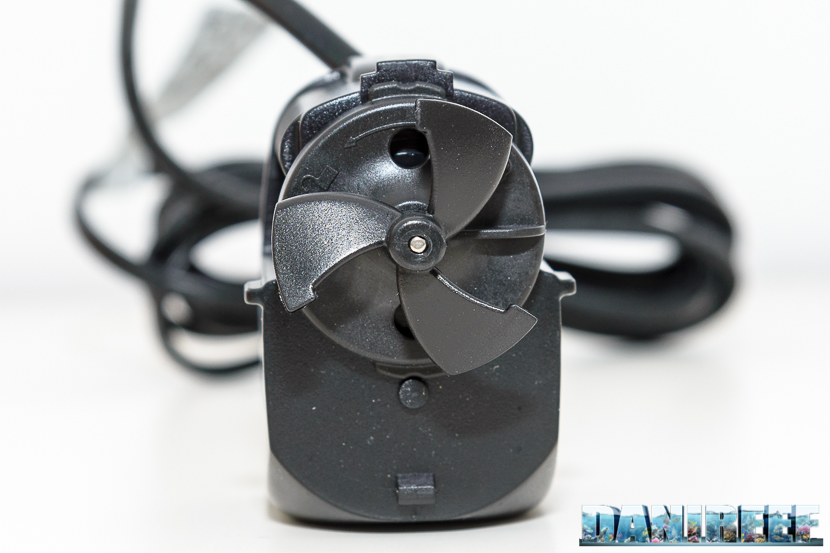
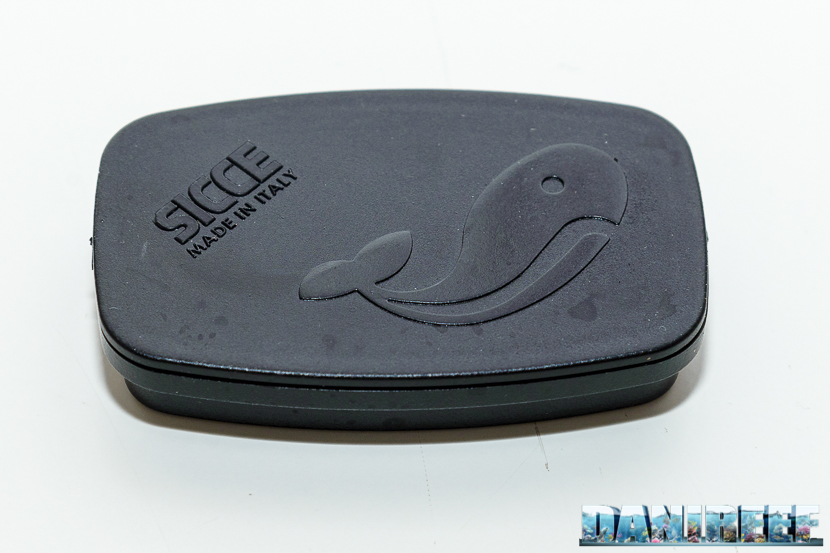

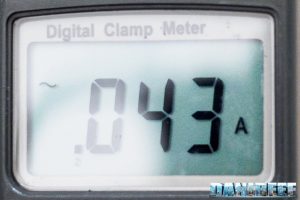
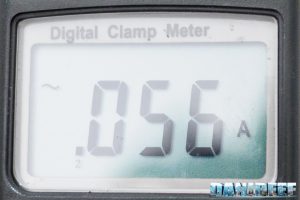
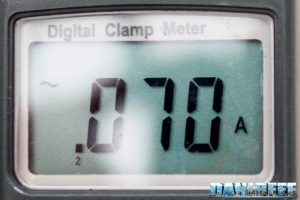
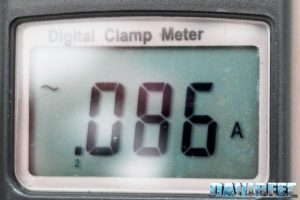
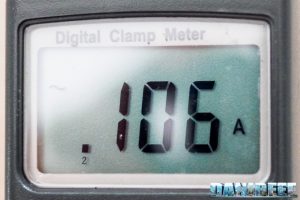
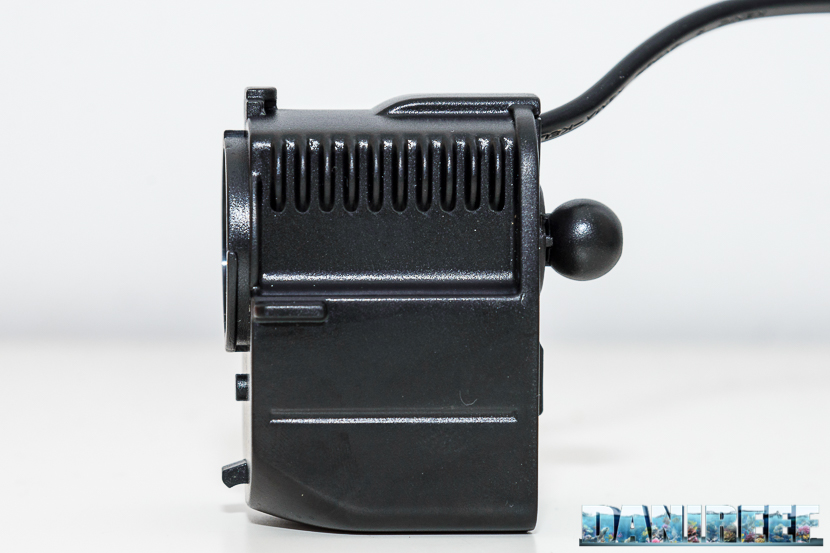
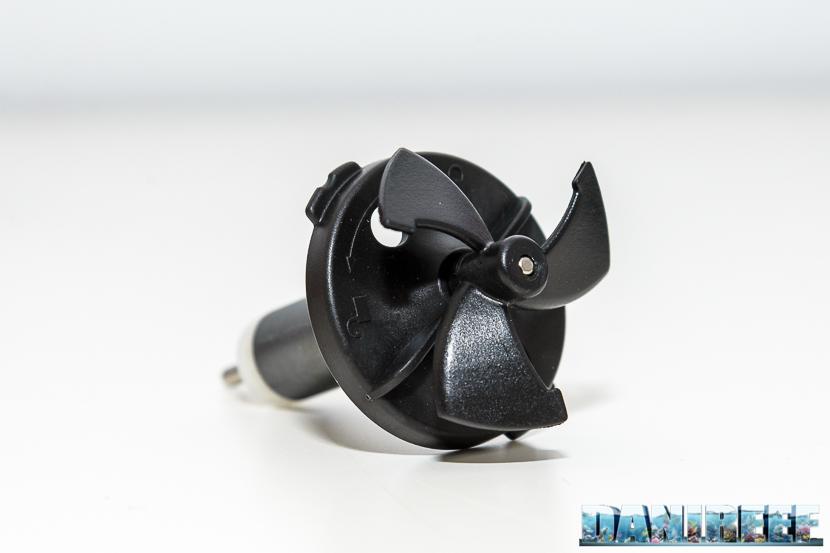
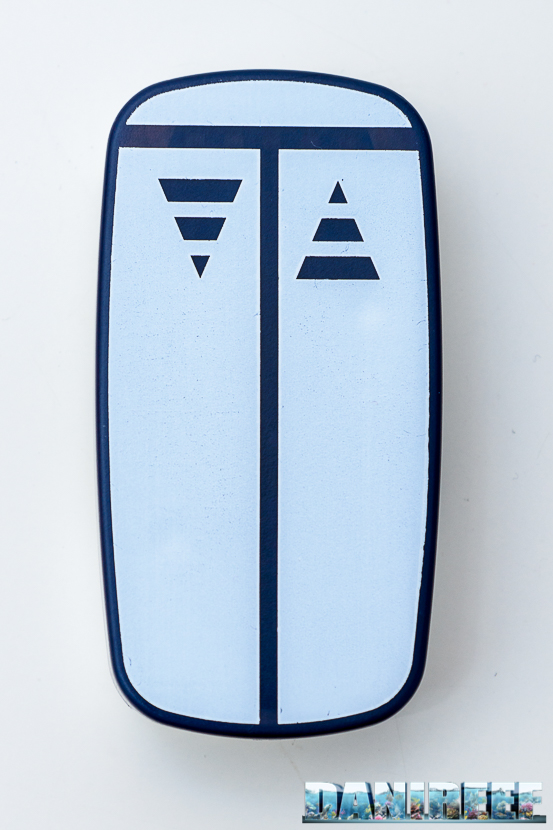
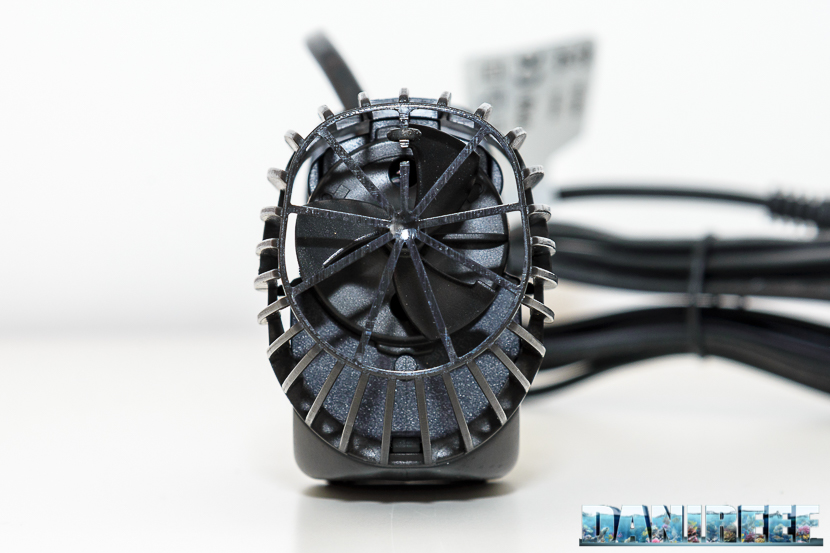
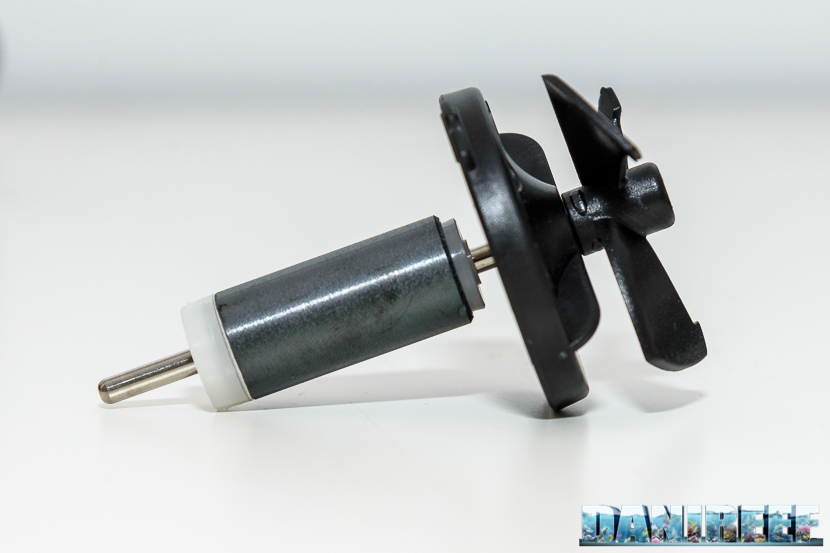









0 Comments